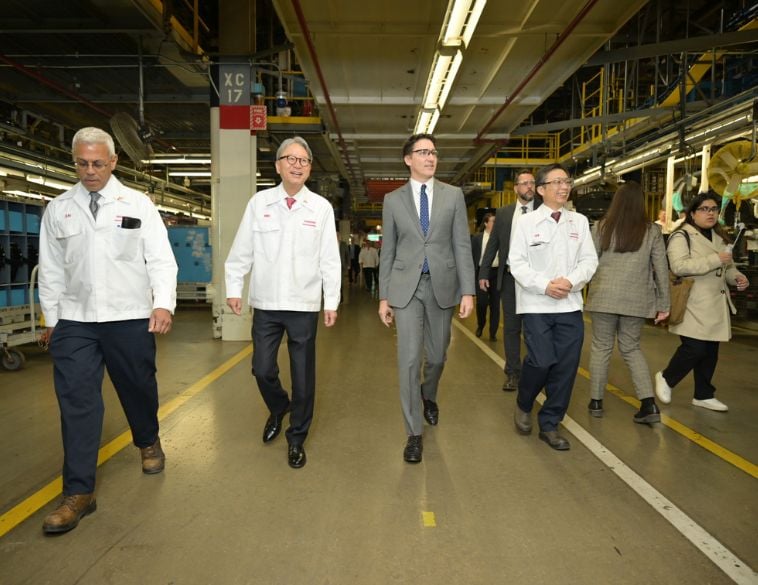Conflict in Ukraine will further affect the industry’s fragile recovery.
One of the drawbacks in being an economic forecaster is that you appear to have everything accounted for, and then something throws in the monkey wrench. Things were starting to smooth out as COVID-19 restrictions began to lift, but now there’s a war in Ukraine.
Gasoline prices have already risen, in some cases to record levels in Canada. We think the conflict will push inflation even higher, and as a result, we see the Bank of Canada having to move faster and more aggressively with interest rates. The cost of auto loans will go up over the next couple of months, and because of the conflict, we think it will be steeper.
A stronger job market
Despite the headwinds, not everything is gloomy. There’s still a lot of pent-up demand for automobiles, and the labour market is improving. In February, Canada added 337,000 jobs, and that’s over 100,000 more than we lost owing to Omicron with employed numbers now 370,000 higher than pre-pandemic levels. We have strong job growth, strong wages, low unemployment, and savings that are still elevated. The debt service ratio—how much Canadians are paying in interest to service their debts—about 1.5 per cent lower than it was in 2017, when interest rates last started to go up. Consumers are heading into this new turbulence in much better financial shape than they were prior to the pandemic.
Essential supplies at risk
In addition to inflation, the Ukraine conflict is having an effect on supply constraints that we’d hoped we’d already passed. Right now, it’s being felt the hardest in Europe, but may spread as semiconductors are at risk again. Chip production depends on neon and krypton gas, and these are produced almost exclusively in Ukraine and Russia.
Ukraine is also a major supplier of automotive wiring for European auto production, and we’re already seeing reports out of Germany that vehicle production has been curbed. Prior to the war, we knew that auto production wouldn’t catch up in 2022, and now the shortfalls could be worse with more demand pushed out to 2023 – with a risk these become lost sales the longer the recovery takes.
Legitimate cost increases
We had forecast that vehicle pricing would stabilize, but now costs will likely continue increasing as the price of commodities goes up, including aluminum, nickel and energy. It’s not price gouging. These are legitimate production costs that are going to really pinch automakers, on top of the increases that we saw during the pandemic.
Global auto sales improved in January 2022, rising 3.9% year-over-year, but they’re still seriously depressed, and improvements were driven almost exclusively by the U.S. and China. Here in Canada, we are forecasting 1.75 million vehicle sales in 2022. We had felt that could potentially hit 1.85 million if the supply chain and auto production improved, but now we have new issues to consider.
We still don’t think the Canadian consumer is terribly at risk and rising Canadian oil prices are a benefit to the economy even as they cause more pain at the pump. For now, even though the world has changed, we must be careful of geopolitical risks. We’re still holding the line on the original auto sales forecast but now, with more downside and a bit less upside to this outlook. There are headwinds, but there is resiliency too.
Rebekah Young is Director, Fiscal and Provincial Economics at Scotiabank.



